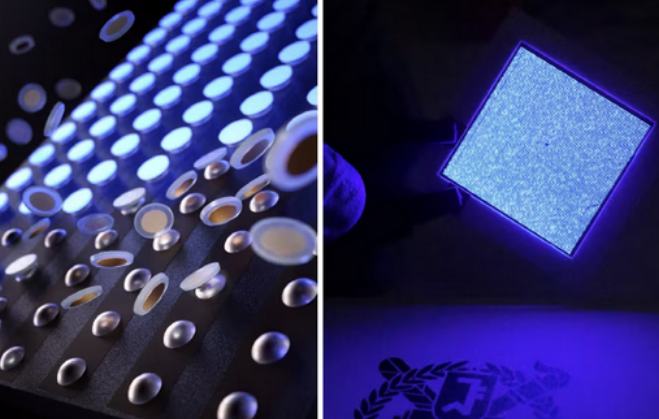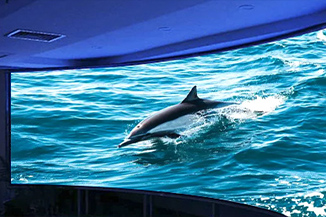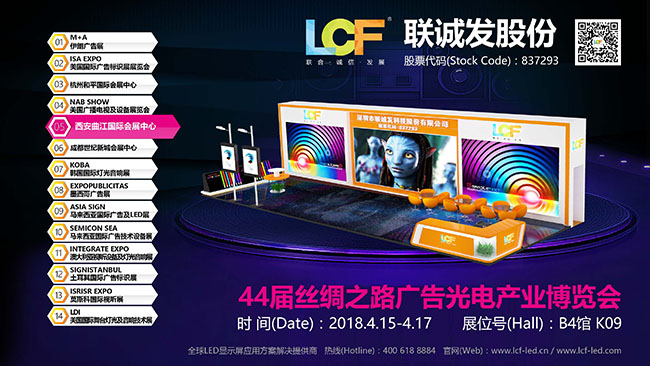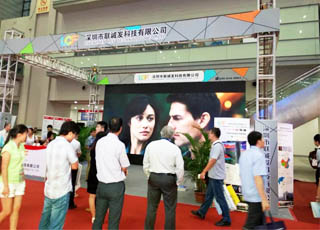Publisher: Supplier of LED Display Time: 2023-07-13 17:11 Views: 1651
On July 12, the research group of Kwon Sung-hoon, a professor of the Department of Electrical and Information Engineering at Seoul National University, published the technology of stably mass-producing Micro LEDs using the Fluidic Self-assembly method in the international academic journal Nature. Kim Chang-soon, a professor at the Laboratory of Organic Electronics and Nano-Optics at Seoul National University, also participated in the research.

Micro LEDs have higher performance and energy efficiency than OLEDs, which are mainly used in the display industry. Micro LEDs can achieve sharper colors than OLEDs with less energy. In addition, each component of Micro LED is smaller than OLED, so more components than OLED can be placed on the same size screen. Therefore, the picture quality of the display screen made of Micro LED is much better than that of OLED display screen.
At the same time, Micro LED will not have the fatal shortcoming of OLED - "burn-in phenomenon". The burn-in phenomenon means that the life of the components that make up the display is nearing the end of its life, and an afterimage will be left on the screen. OLED is made of organic substances that are weak to light and heat. The longer it is used, the worse the brightness and color gamut, and it is prone to burn-in. Unlike OLEDs, Micro LEDs are made of durable inorganic substances, and burn-in rarely occurs.
The problem is that Micro LED is difficult to mass produce. Make Show Downloads Like Ever
In the same way as the components, the robot arm is used to assemble the parts one by one on the substrate. The number of Micro LED parts is too small, resulting in a decline in yield.
In this regard, the research team decided to apply the fluid magnetic assembly method to the Micro LED production process. Put the substrates used in the assembly of Micro LED accessories and their accessories together with a specially made solution into a bucket and shake them, and the accessories will find their own position, and successfully developed the technology for Micro LED completion. The research team confirmed that when using this technology to make Micro LEDs, the yield rate was 99.88%.
The research team also made prototypes to confirm the performance of the Micro LEDs they made. 20,000 Micro LEDs produced by fluid self-assembly technology have produced a blue light-emitting panel, and it has been confirmed that there is no problem in operation. The Micro LED is 45 microns long (micrometer, 1 micron is a millionth of a meter) and 5 microns thick, which is 16 times thinner than the thickness of a hair at about 80 microns.
Professor Quan has previously achieved various research results in the form of fluid self-assembly. In 2008, by making tiny grooves on the substrate floor, and pouring a liquid containing tens to hundreds of hectares of ultra-small parts on it, and allowing the parts to self-assemble, the ultra-small Eiffel Tower and the Greek temple were produced. , computer keyboard, etc. The research team explained that the Micro LED manufacturing technology fabricated this time is also on its extension line.
Professor Kwon said: "The yield rate recorded in this study is a very epoch-making figure in the field of Micro LED display mass production. In the future, more research will be done to strive to achieve the 'ideal yield' 99.999999% called by the display industry." Professor Kwon's research team has conducted joint research with LG Electronics for the past five years to create this technology.
The paper containing the research results was published in the international academic journal "Nature".
Source: Wit OLED









